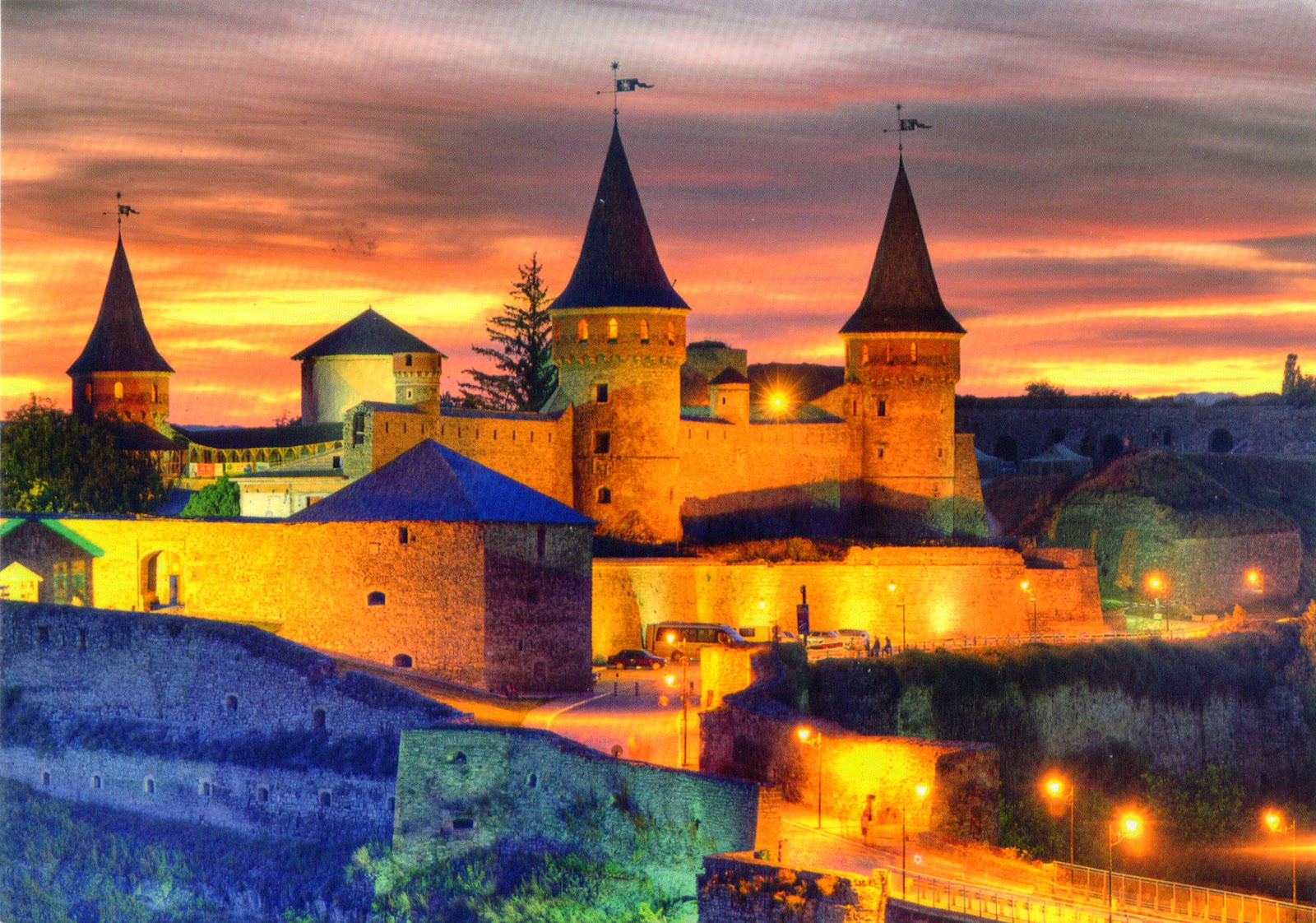Posted on 08.04.2013, and 15.06.2014Located on
Tuscany, at the junction of the rivers
Arno and
Serchio, which form a laguna at the
Tyrrhenian Sea,
Pisa has an ancient history, even if the origin of its founders is uncertain. As the only port along the coast from
Genoa to
Ostia, it have a prominent maritime role during the Romans time, which grew up in the early Middle Ages, together with its military involvement in the peninsula. Its power as a mighty maritime nation reached its apex in the 11th century, when it became one of the four main
Maritime Republics of Italy (Repubbliche Marinare). After
Sardinia,
Carthage (in North Africa) and
Corsica, Pisa conquered
Palermo, and the golden treasure taken from the
Saracens allowed the Pisans to start the building of the monuments in
Piazza del Duomo (Cathedral Square), which had a great influence on monumental art in Italy from the 11th to the 14th century. Known also as
Piazza dei Miracoli (Square of Miracles), it is a walled area to the north of central Pisa, partly paved and partly grassed, dominated by four great religious edifices: the
Duomo, the
Campanile, the
Battistero and the
Camposanto.
•
Duomo(the Cathedral) - located in the heart of the square, is dedicated to
St. Mary of the Assumption. Its construction began in 1063, and set the model for the distinctive Pisan
Romanesque style, with strong
Byzantine influences, mainly in interior.
•
Battistero (the Baptistry) - stands opposite the west end of the cathedral and is dedicated to
St. John the Baptist. The round Romanesque building was begun in the mid 17th century, and is the largest baptistery in Italy. The portal, facing the façade of the cathedral, is flanked by two classical columns, while the inner jambs are executed in Byzantine style.
•
Campanile (the Bell Tower) - located behind the cathedral, was erected between 1691 and 1889, when was added bell-chamber, built to accommodate seven main bells. Five years after construction began, when the building had reached the third floor level, the weak subsoil and poor foundation led to its sinking. It was left for a century, and in 1825, when construction resumed, the upper floors were built with one side taller than the other. By the time the building was completed, the lean was approximately 1 degree, and reached 5.5 degrees, its maximum value, prior to 1990. As of 2010, has been reduced to approximately 4 degrees.
Read more »


















































